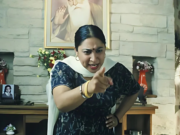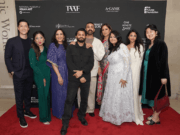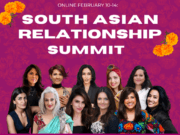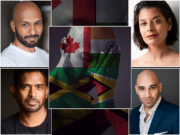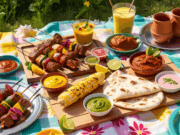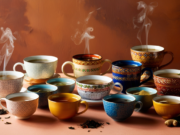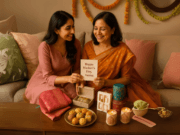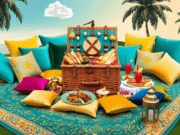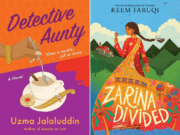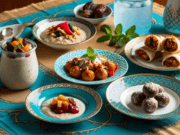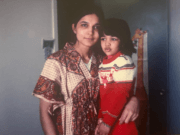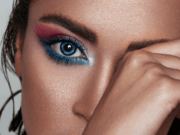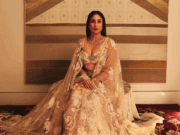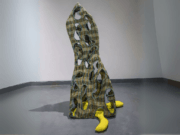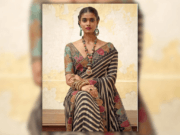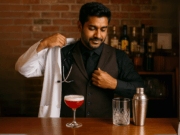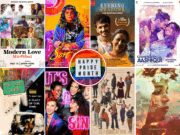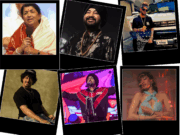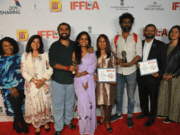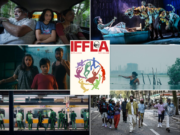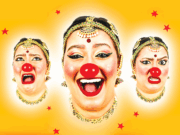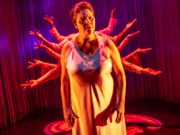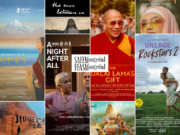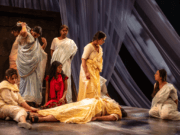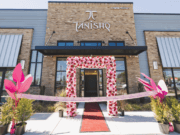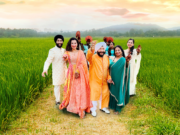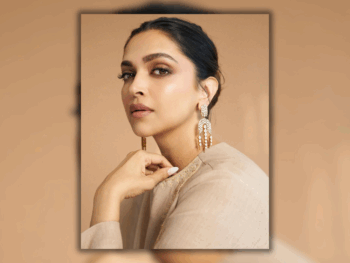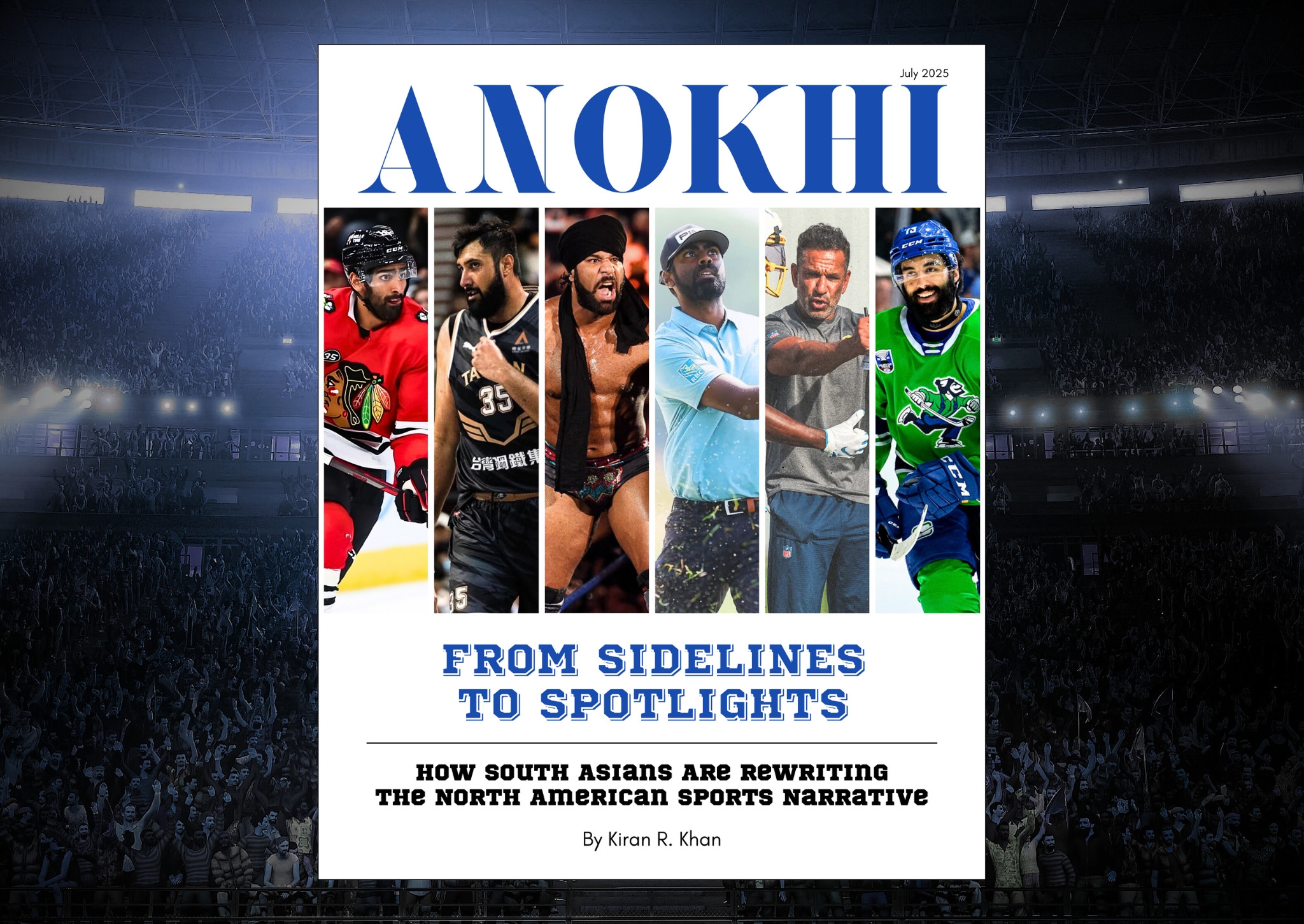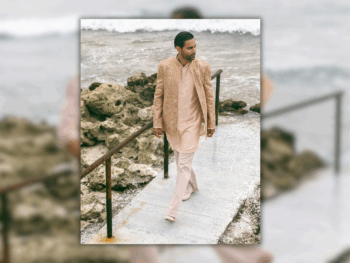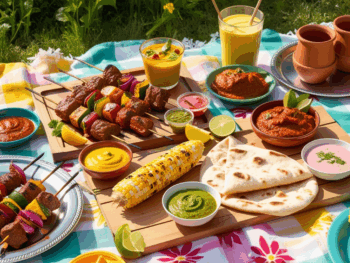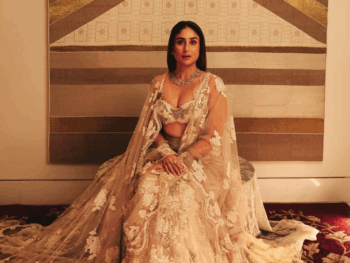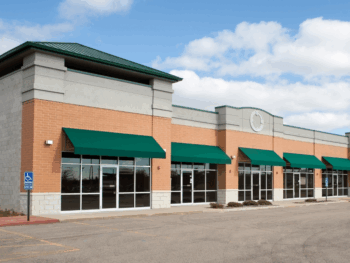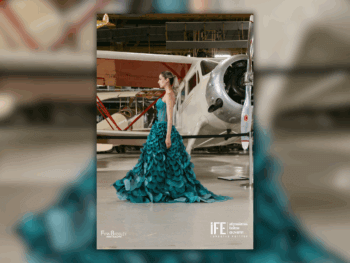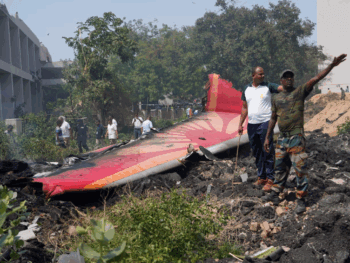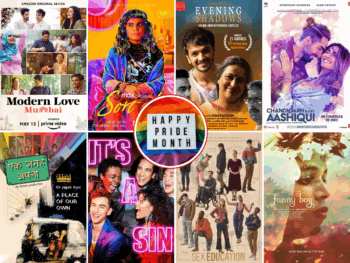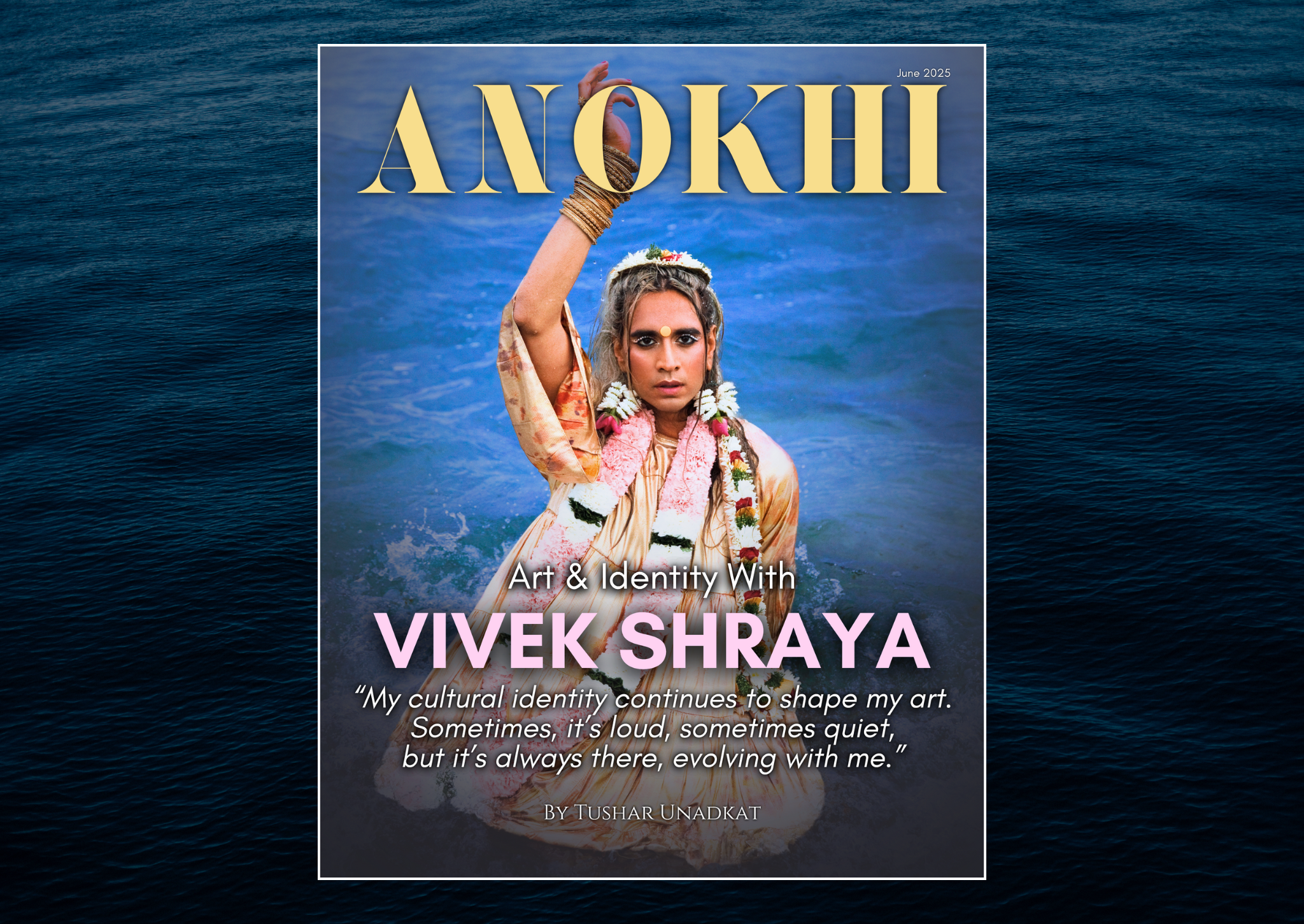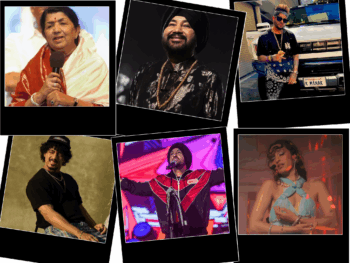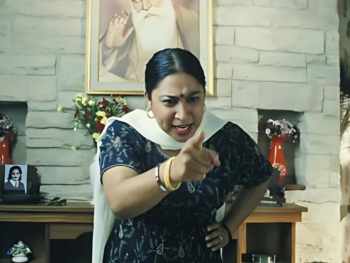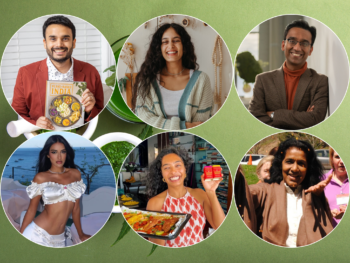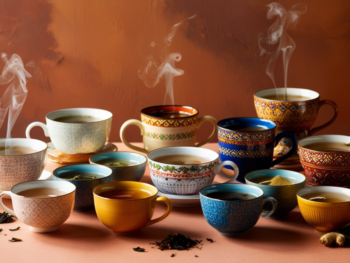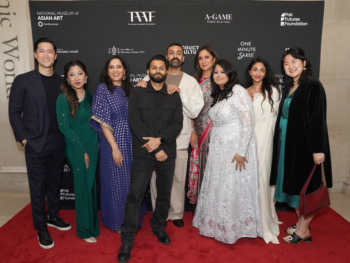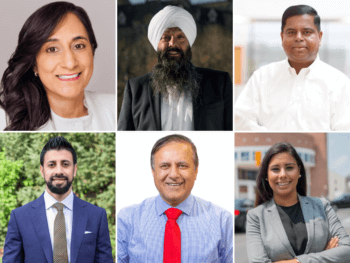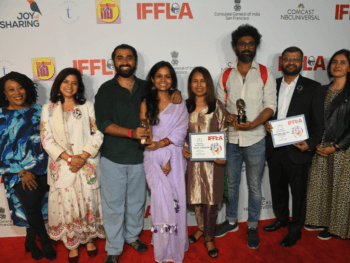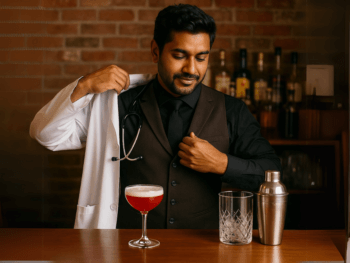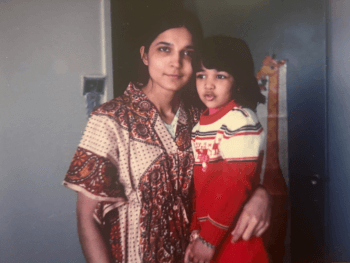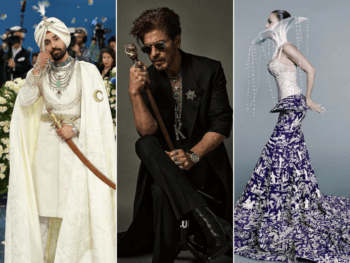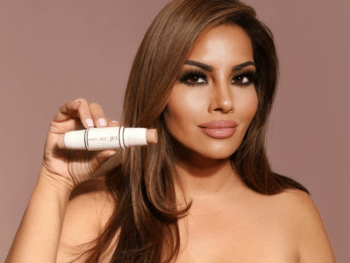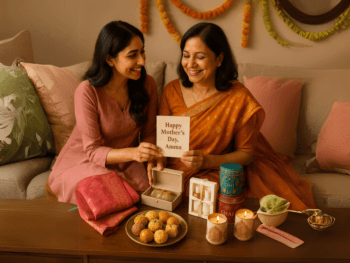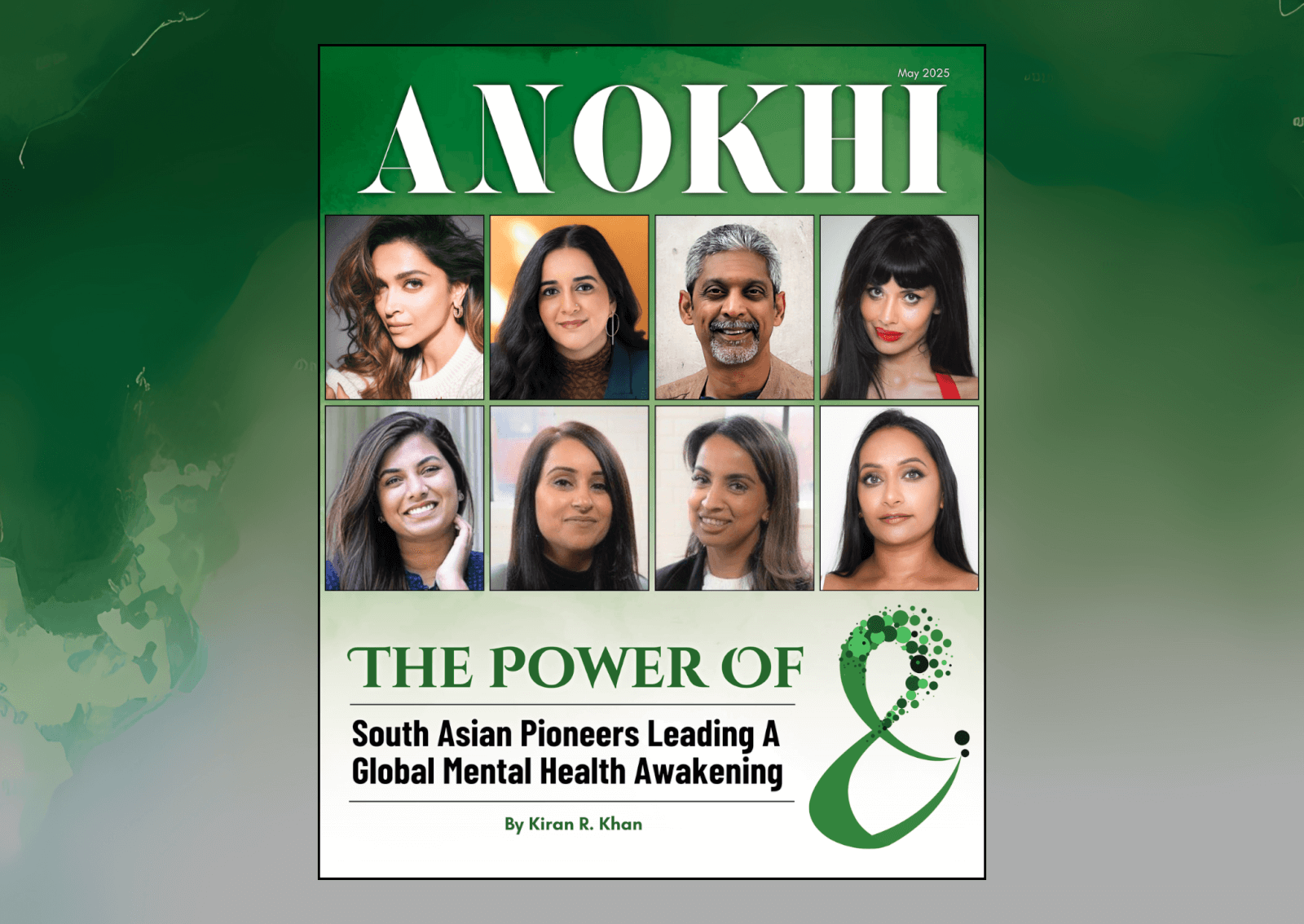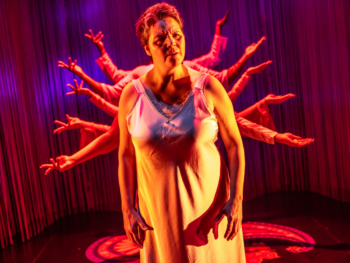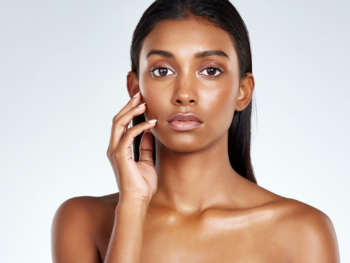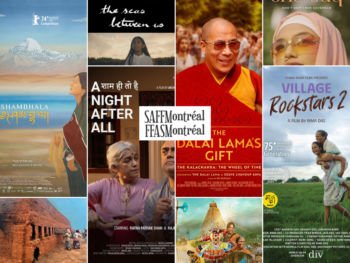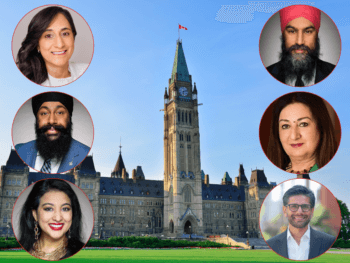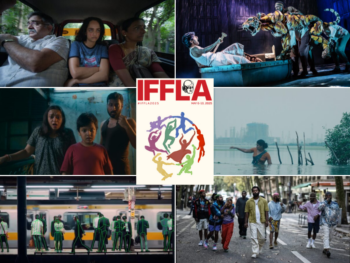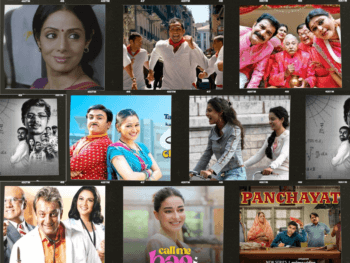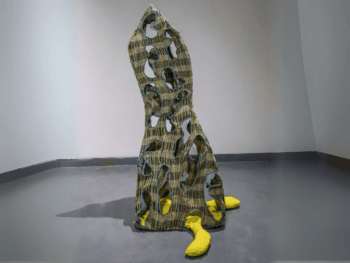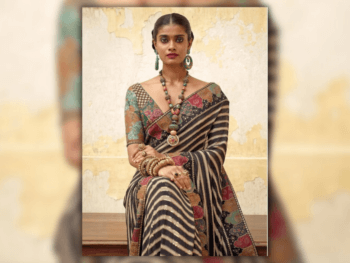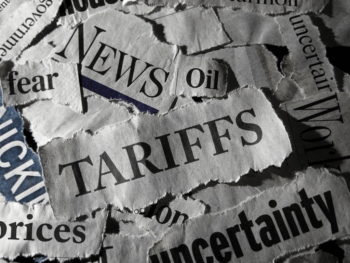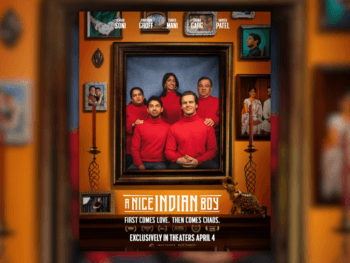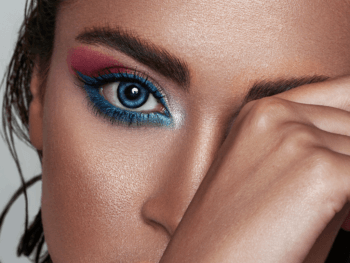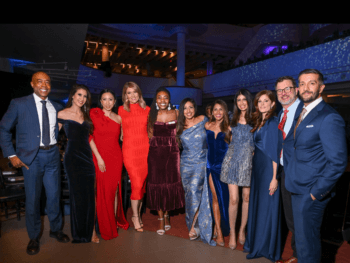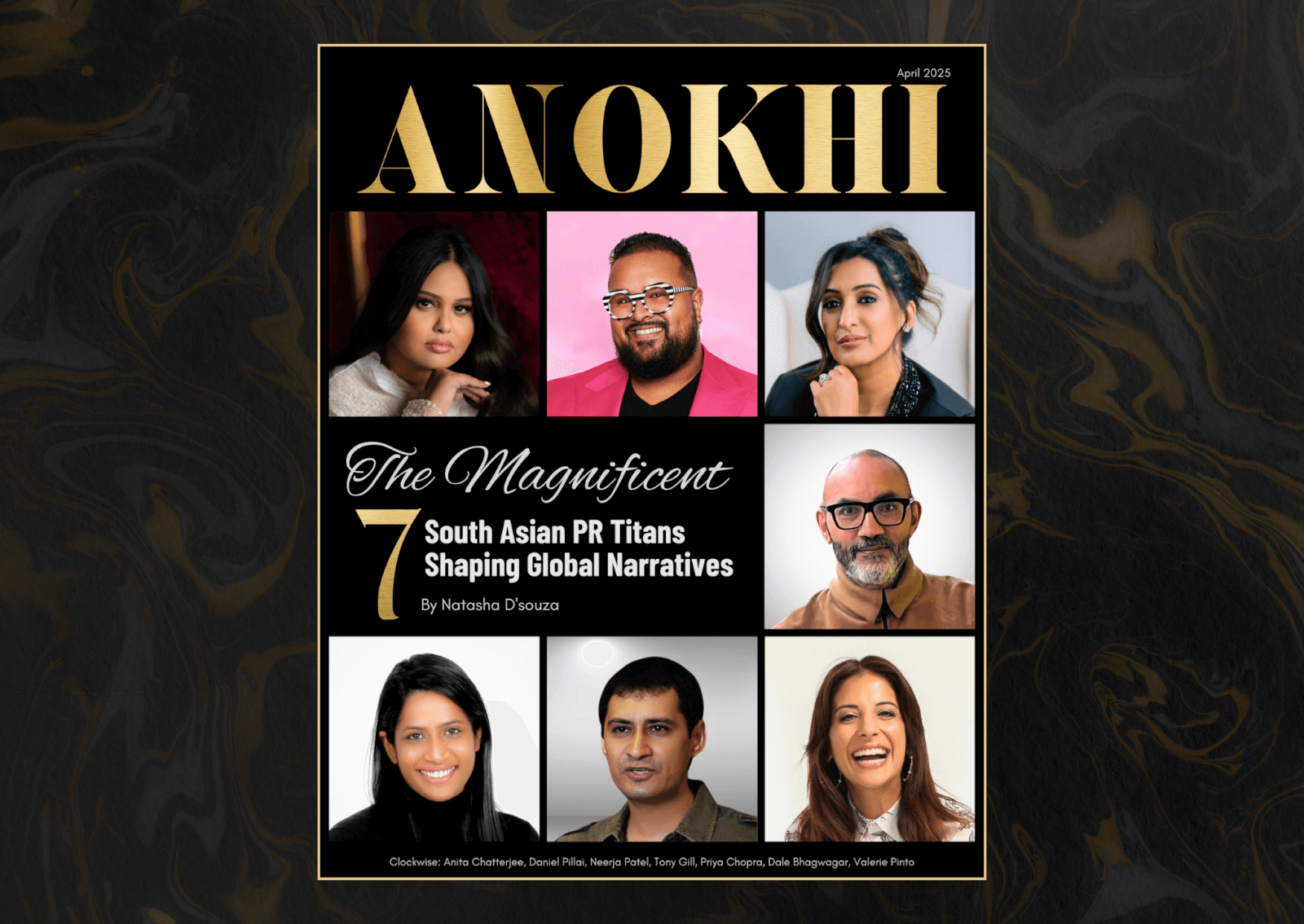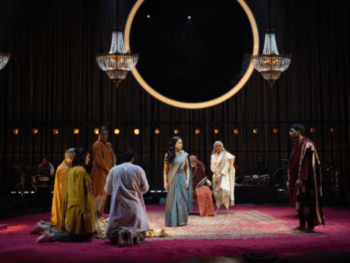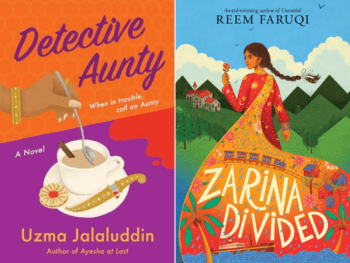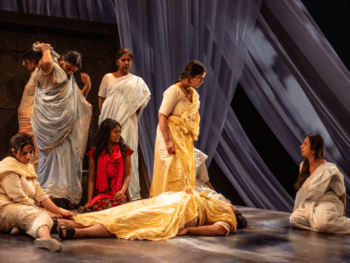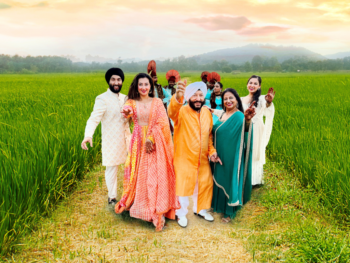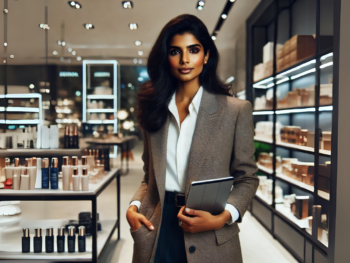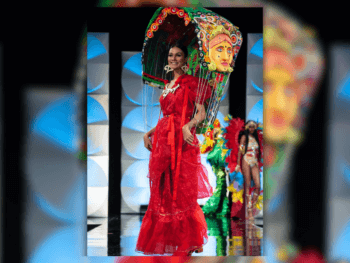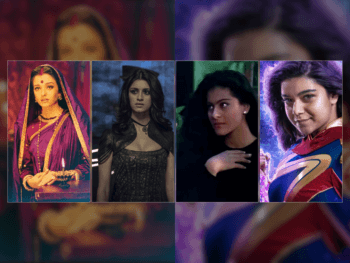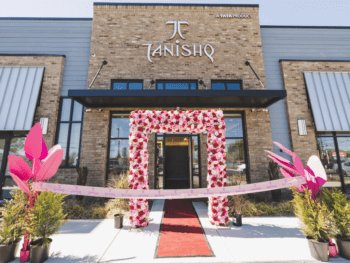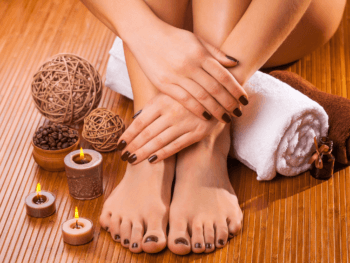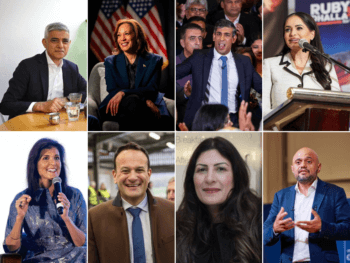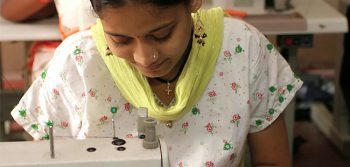
Fair trade fashion comes to the rescue for victims of sexual exploitation
An artisan carefully works a loom. Her hands glide along the thread before she passes it through the weaving process with just the right amount of tension to turn it into a stole shawl. She is not yet nimble like the others in the guild; the craft is new to her. Only a few days ago, she was a prostitute: A victim of human trafficking.
Because of its elusive nature, hard statistics for human trafficking are difficult to recover. But in 2001, UNESCO (United Nations Educational, Scientific and Cultural Organization) estimated that anywhere between 400,000 and one million people are sold annually worldwide. In 2005, the U.S. State Department estimated that 600,000 to 800,000 people are trafficked across international borders each year. Nations' governments are working together by adopting the UN Protocol Against Trafficking in Persons, but many traffickers continue to violate the law openly.
The United Nations defines human trafficking as "the exploitation or the prostitution of others . . . slavery or practices similar to slavery." Many girls are trafficked or sold into some form of slavery or sexual exploitation before they are 18 years old and then live in poor conditions with no education, no health care, and poor nutrition. As these girls grow into women, they numb themselves to their reality so that they can have money to survive.
Increasingly, however, these women are finding new work and not as housemaids or in factories, but as artists. They're discovering talents like crafting clothes and making jewelry and bags. And buyers around the globe are snapping up their offerings.
This growing global economic exchange between slave-turned-artisan and socially-conscious buyer is a marriage slowly changing the lives entangled in human trafficking-introducing women to economic power and therefore, freedom. Welcome to fair trade fashion.
There has never been a more urgent time for fair trade to impact fashion. In nations such as Thailand, the Philippines, and the U.S., human trafficking and sexual exploitation are steadily growing despite government crackdowns.
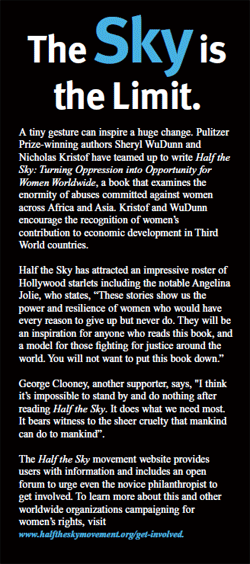
"Talk prostitution and people usually think sex," notes Kerry Hilton, co-founder of the Indian artisan guild Freeset. "They think exploitation. They think AIDS. But really, prostitution is about money." Women involved in various forms of trafficking and sexual exploitation are looking for a way to survive. With an option for a fair wage, they begin to think about education, entrepreneurship and, for the first time, having control over their own futures.
Socially conscious shopping is a rising global trend. Fair-trade-shopsturned-boutiques are cropping up in both large and small towns across the globe. Even grocery stores are now supporting ethical labour practices through fair trade product distribution. Traditionally focused on coffee and bananas, fair trade is now making a long-anticipated crossover into the fashion world. And thankfully, the trend captures attention from a range of fashion mavens, from socially-conscious haute couture icons like Stella McCartney to ready-to-wear designers for everyday women. In the face of adversity, it takes a global village to make fair trade fashion work. Since the artisans have no way to learn their craft or set up shop, a crafts guild must step in to teach them weaving, stitching, sewing and lacing.
"The way most people start a business is to pick the best people and pay them as little as possible. We pick the least educated and pay them the most we can," notes Freeset's Hilton. "The business belongs to the women. Effectively they work for themselves." In addition to a fair wage, Freeset offers employees benefits such as literacy classes, health insurance, and pension funds.
Once an artisan completes a piece, it has to reach a buyer's market. This is where fair trade partners ship, market, and display the artisans' work to prospective buyers. One such partner, WorldCrafts (www.worldcraftsvillage.com), does direct mail marketing for the guilds they sponsor, and they hold parties where guests can shop for pieces such as Freeset's popular Henna Bag. Freeset is just one of many guilds that WorldCrafts sponsors, and just one of many guilds popping up worldwide.
The fair trade fashion exchange works because of the quality of the imports. The buyer gets handcrafted, culturally authentic, eco-friendly, and often one-of-a-kind pieces without an extravagant price tag. Artisans, in turn, are rewarded with fair wages and independence.
Red light districts and sex traffickers no longer have a hold over their neighbourhoods. In Thailand, a guild called The Well employs artisans for a standard eight-hour day in exchange for fair pay. Some of the artisans create traditional Thai designs in jasper jewelry, with a contemporary twist. Others make yaam sling bags in a tradition still popular among northern Thais and the hill tribes.
At India's Priscilla Center, artisans have perfected the centuries-old art of weaving on a handloom. They weave their stoles in the Bodo tribal tradition, a style not often found in the west. The artisans face competition from the factories in the area who produce stoles that are cheaper but not as well constructed. Each hand-woven stole provides a day's income to its creator.
While world governments and the UN continue to work, few people have more power to effect change than women with buying power. And crafts guilds and trade partners plan to spread awareness of that buying power. These guilds and others like them don't have huge profit margins, but they create an egalitarian culture where workers experience respect and economic freedom. WorldCrafts has launched a Set1Free initiative specifically targeting human trafficking and exploitation, and aims to bring the Fair Trade Guild's sponsors to a larger market. They haven't yet broken into malls, but it's not an impossibility.
"Our focus is on empowering more and more women trapped in hopeless situations, and almost no market is off the table," Andrea Mullins, the director of WorldCrafts, notes. For the shoppers WorldCrafts is successful in reaching, every purchase is a vote for the positive working conditions of the product's creators.
BY: LYNN GROOM AND SONIA LOWE / PUBLISHED: MARCH/APRIL 2010 ISSUE
(PHOTOS COURTESY OF WORLDCRAFTS)




